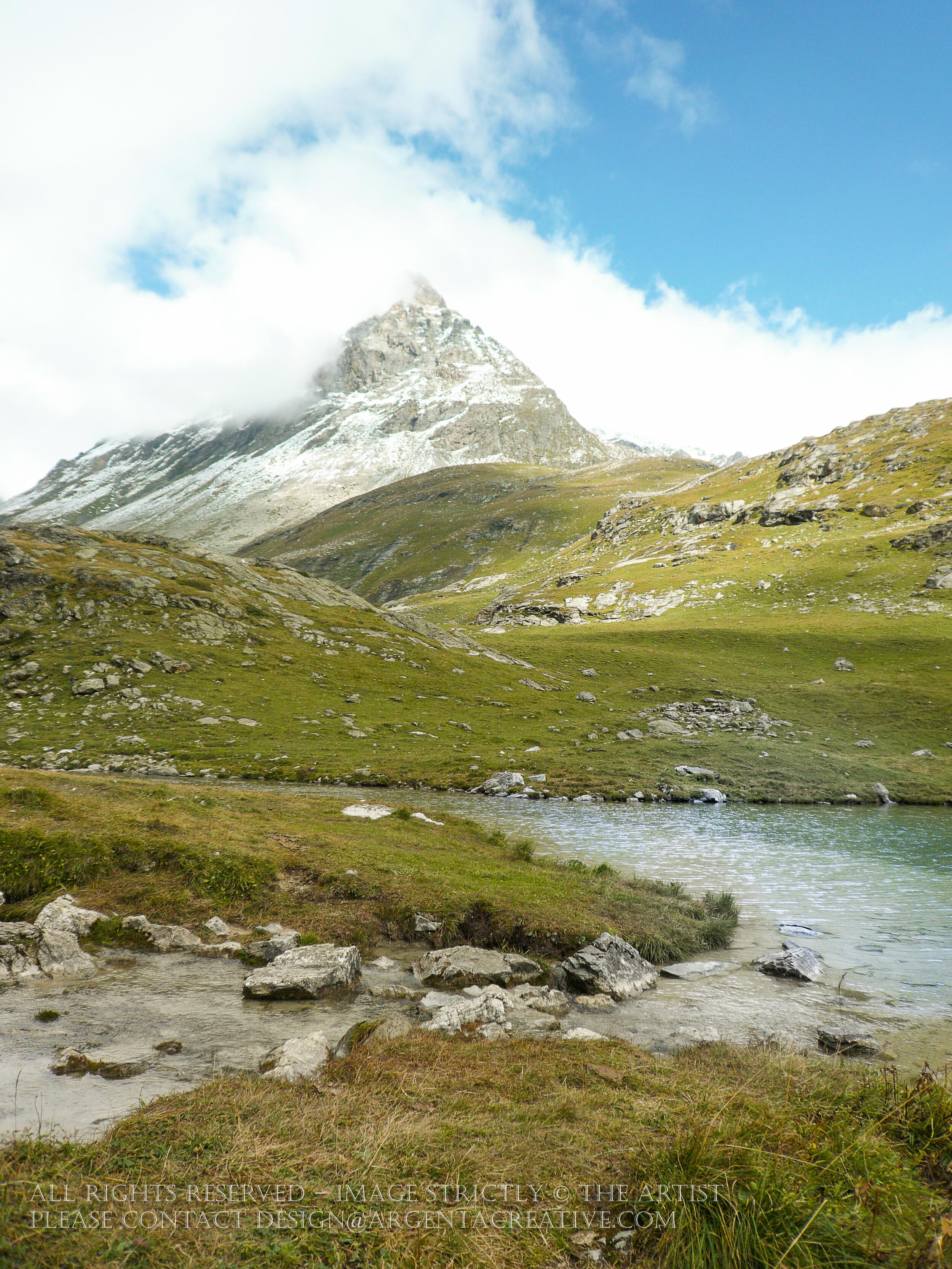Many things have changed for humans since their early days as a species—how excited do you think early Homo sapiens would have been by heating, air conditioning and weather tight structures to install them in, for example?
Not everything is different, however. We still have fundamentally the same brains as the first creatures we would recognize as “one of us.” That means we process and respond to the basic sensory inputs we see, hear, feel, taste, and smell today as our earliest human ancestors did.
Neuroscience research suggests that those sensory consistencies may be why biophilic design gives us such a powerful mental boost today. Biophilic design applies the same sorts of design principles in today’s built-environments that were naturally present in the outdoor settings where we were at ease aeons ago, when our bodies took on their current form. We still feel comfortable in biophilic spaces today, and the sorts of experiences that we have in biophilicly designed spaces boost our cognitive performance, for example, and for some of us even enhance the performance of our immune systems. Our brains continue to respond positively to the sorts of sensory stimulations that long ago signalled good times, or at least that bad times were unlikely.
So, what are the principles of biophilic design?
In a biophilic space, there is moderate visual complexity—the interiors of homes designed by Frank Lloyd Wright have moderate visual complexity. This means that there is order in the world around us, and a carefully edited palette of colours and shapes in play. Moderate visual complexity makes it less stressful for us to continuously scan the world around us—something we still do without considering what we’re up to today, just as our forebears did aeons ago to determine if there was danger nearby. Clutter creates high visual complexity, which is why it makes us tense.
Biophilic spaces feature views of hospitable nature, either real or via art. A bonus benefit ensues when those views/images include bodies of water that appear fresh and pure. Even fountains, on-desk or just a few feet high in a courtyard, featuring gently moving water, can turn a dreary human-created space into a mentally refreshing one.
In spaces that are biophilicly designed we can survey the world around us from a place where we feel comfortably secure. A window seat where we can lean against a side wall as we look outside gives us this sort of safe view, just like a seat in high-backed booth with a view of the entrance to a restaurant does. The value to our ancestors of being able to see approaching danger is clear.
In biophilicly designed spaces lighting levels are not uniform, there are some darker spaces and some brighter ones, just as there are dollops of sunlight on the ground under a tree, which is a space where we might have sought shelter. Our responses to the natural variations in light, colour in intensity throughout the day are equally primordial—and important—which is why circadian lighting systems do so much for us.
When a space is being designed biophilicly, all of the different sensory experiences that people will have there are considered—in too many environments created, developers fixate on what a space will look like and don’t consider acoustic, tactile, and olfactory experiences, among others. For most of our early ancestors, all of their sensory channels were in operation, just as they are for most of us today.
Biophilicly designed spaces feature both natural materials and sounds. Natural materials age gracefully; copper develops a patina, for example. Seeing the grain in wood has a significant “de-stressing” effect on us. Hearing the sounds of gently rustling leaves, burbling brooks, and peaceful birdcalls is also calming, and can boost our professional performance. Seeing green leafy plants does the same sort of good things for what goes on inside our heads.
Also interesting: Worldwide, no matter where you ask people what their favorite colour is, they’re more likely to tell you it’s blue than any other colour. The sky on a fair-weather day is blue and water holes seen from a distance are often blue—and good weather and water were both quite important to the earliest versions of us.
Linking all the benefits they identify today for biophilic design to our early days as a species makes many neuroscientists nervous because that sort of tie is not something we can test with today’s rigorous scientific protocols. Those testing protocols have, however, identified the positive implications of designing biophilicly as noted above.
Sally Augustin, a practising environmental and design psychologist and principal at Design with Science. She is also Fellow of the American Psychological Association and author of “Place Advantage: Applied Psychology for Interior Architecture” (Wiley 2009) and with Cindy Coleman, “The Designer’s Guide to Doing Research: Applying Knowledge to Inform Design” (Wiley, 2012).

